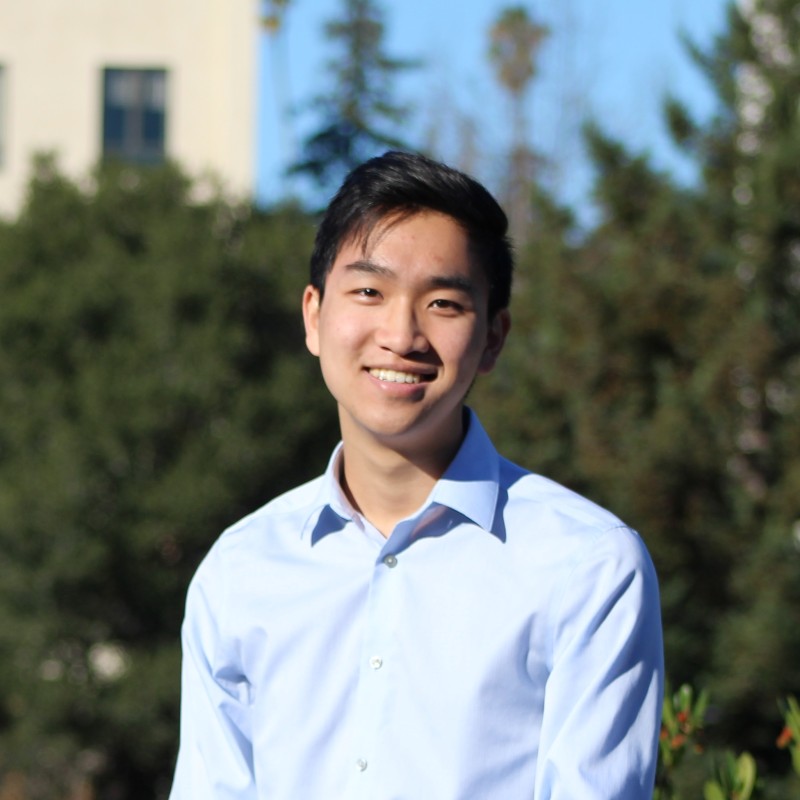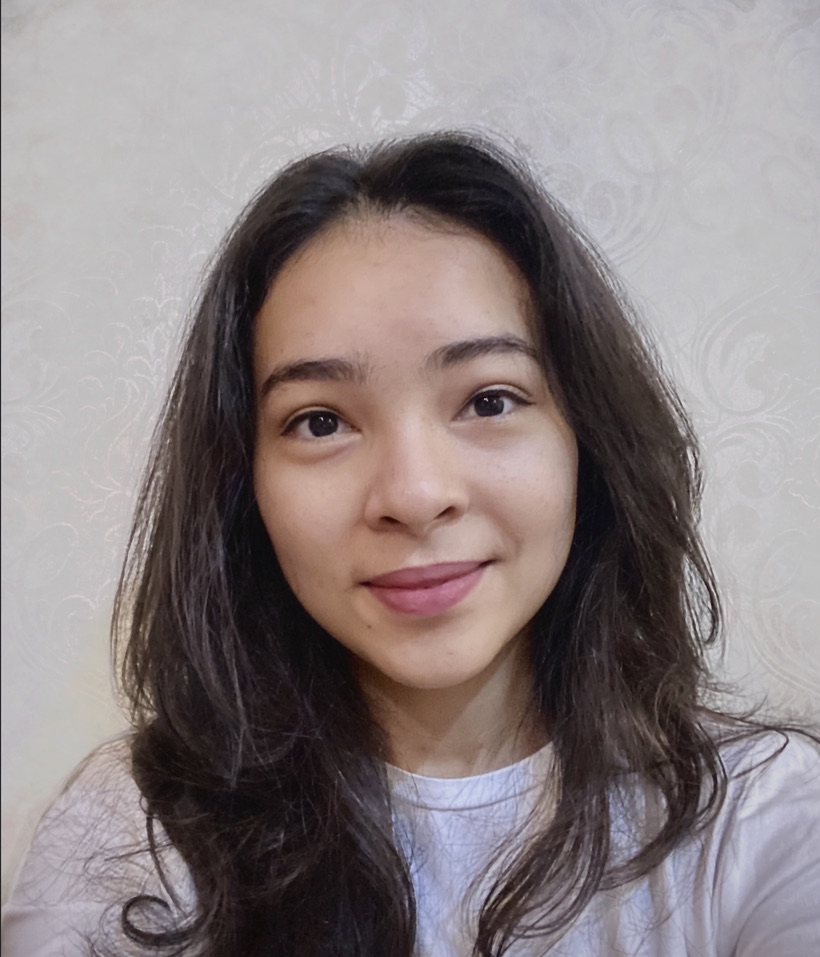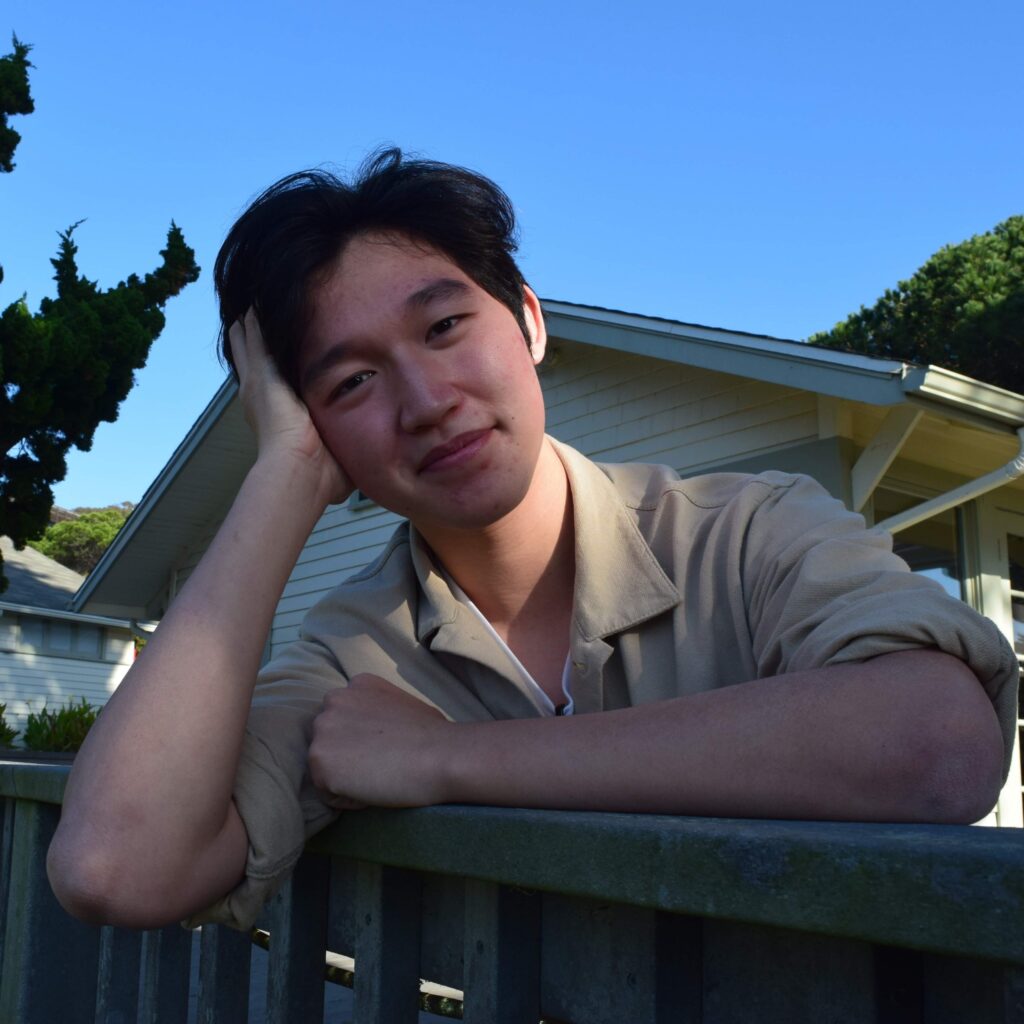Adriana Perez-Munuzuri
This summer, I will continue my work as a research assistant for the Older Adult Immigrants research project. The purpose of this project is to understand the effects of immigration status on older Mexican immigrants and their experiences during COVID-19. Eligible participants share their experiences via semi-structured interviews conducted in Mexico and California. We code interview transcripts and connect findings to emerging research themes.
Zoe Forest

This summer I will help with the final preparations for a new exhibition at The Magnes Collection of Jewish Art and Life. The exhibition, Time Capsules. The Magnes: 10 Years at UC Berkeley, celebrates 10 years since UC Berkeley acquired the Magnes and will display objects featured in exhibitions from the last 10 years. I will be helping to edit exhibition labels and increase community engagement with the objects. I will also begin helping with plans for an exhibition in Fall 2022 about Jewish and Islamic art.
Daniel Chen

N-dimensional hypervolumes are a popular method of modeling ecological niches and functional diversity; for example, each axis in an n-dimensional niche represents an abiotic factor that is required for the survival of an organism. Many mathematical methods have been developed for constructing hypervolumes, but there are currently no methods for constructing confidence intervals or performing statistical tests. I have added inference methods to the r package “hypervolume” including a nonparametric multivariate test based on overlap statistics. I will be investigating the statistical properties of these methods compared to other nonparametric […]
Arpna Ghanshani

Amanda Win Soe

The sinoatrial node is a small cluster of myocytes that is located at the junction of the upper wall of the right atrium and the superior vena cava. These cells have specialized pacemaker properties that can spontaneously generate electrical impulses for the contraction of the heart. Using mouse models to study changes in the development and function of these cells through genetic, molecular and electrophysiological analysis, our lab aims to learn more about what differentiates pacemaker cells of the sinoatrial node from other myocytes and their potential roles in the […]
Sydney Booth
This summer, I will be continuing my work in transcribing and analyzing data from the Phillips Coal Ball Collection (PCBC). The PCBC contains taxa, tissue, and organ data from the analysis of 800,000cm2 of fossilized Pennsylvanian plant material collected from 17 different localities. I will continue to investigate the correlation we found in ecological dissimilarity between these localities across space and time and look into unique trends between time slices.
Aidan Tan

We are aiming to bring social justice education into the classroom through a unique medium. Storied Computing is the presentation of education through a storied game. Our game, Guaiya Means Love, draws students into a world of social justice through the means of hacking the actual source code of said game. Our goal as educators is to give POC students a medium where their creativty/engagement can shine through an impactful classroom activity.
Hsin-Yeh Tsai

Jeffrie Wang

Doseok Austin Jang

Despite their popularity as predictive models, interpreting deep neural networks is still an open problem in machine learning. While local attribution techniques such as Integrated Gradients provide an importance map for individual input vectors, these techniques are unable to efficiently provide a global importance score over the entire input space. We introduce Integrated Activation Maximization (IAM), an iterative algorithm to jointly extract the activation maximizing pattern and a global attribution map for any node in a neural network faster than competing global attribution methods. IAM conducts a regularized gradient ascent […]